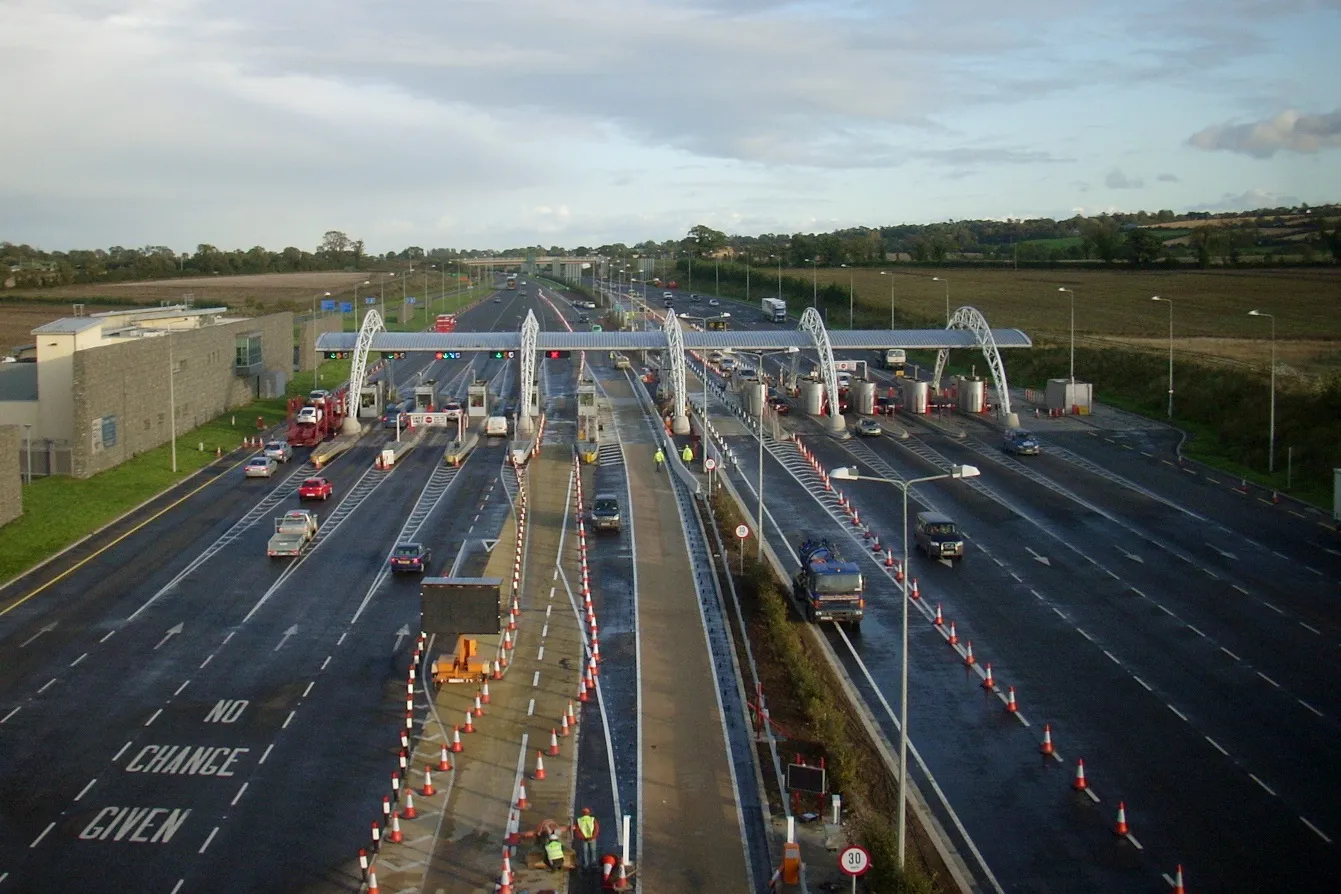This upgrade was carried out under live traffic conditions in which emovis drew upon its past projects & multidisciplinary teams to migrate all customer accounts and financial records over a holiday weekend without affecting the revenue stream of the concessionaire.
The new system uses multiprotocol readers accepting new 6C RFID tags in addition to the existing 6B and programmed to accept E-ZPass transponders which will allow the operator to have a smooth transition for its customers while rolling-out the new 6C tags. In addition, the new multi-lingual tolling back office application offers simplified interfaces that provide the operator with greater flexibility through its integrated modular architecture.
Emovis will roll out a mobile application that will be directly interfaced with the new back-office to enhance customer satisfaction and will also provide 24-hour support services to CA25 through its local subsidiary in Montreal.
Emovis delivers All Electronic Tolling solution to Canada’s A25 Highway
Emovis has completed the end to end upgrade of Concession A25’s All Electronic Tolling Systems that is designed with the intention of guaranteeing every penny of revenue, enhancing customer experience, improving operational efficiency and providing flexibility in moving to new interoperability standards. CA25 operates a strategic highway corridor in the Montreal metropolitan area of Canada.
October 24, 2017
Read time: 2 mins










